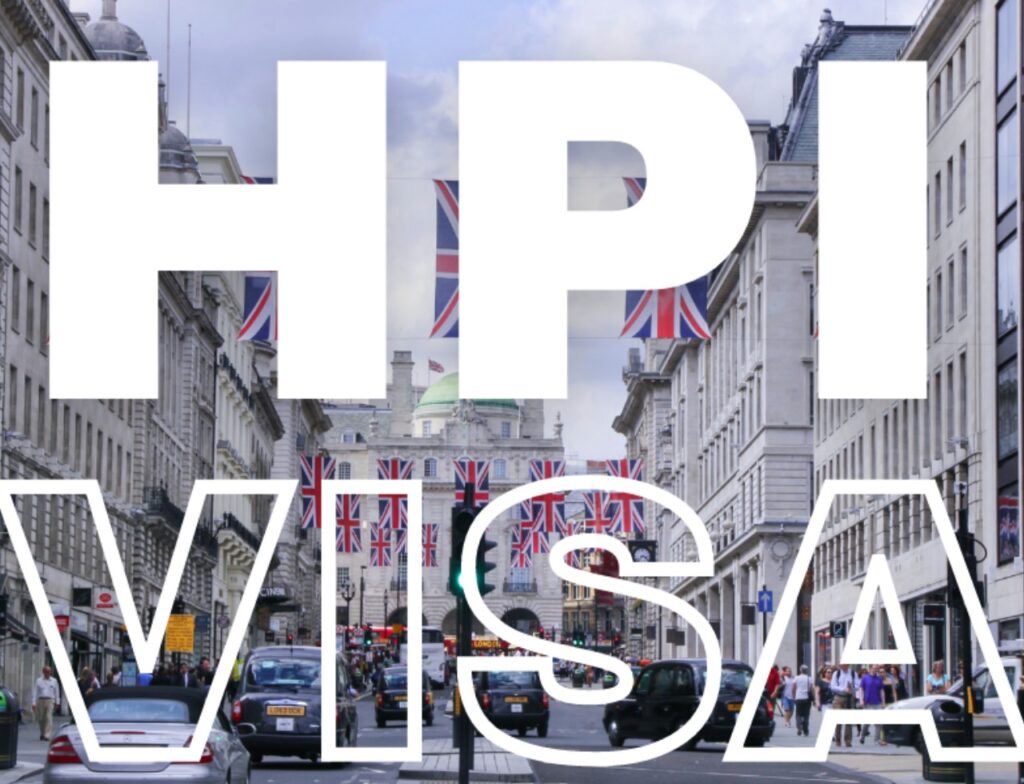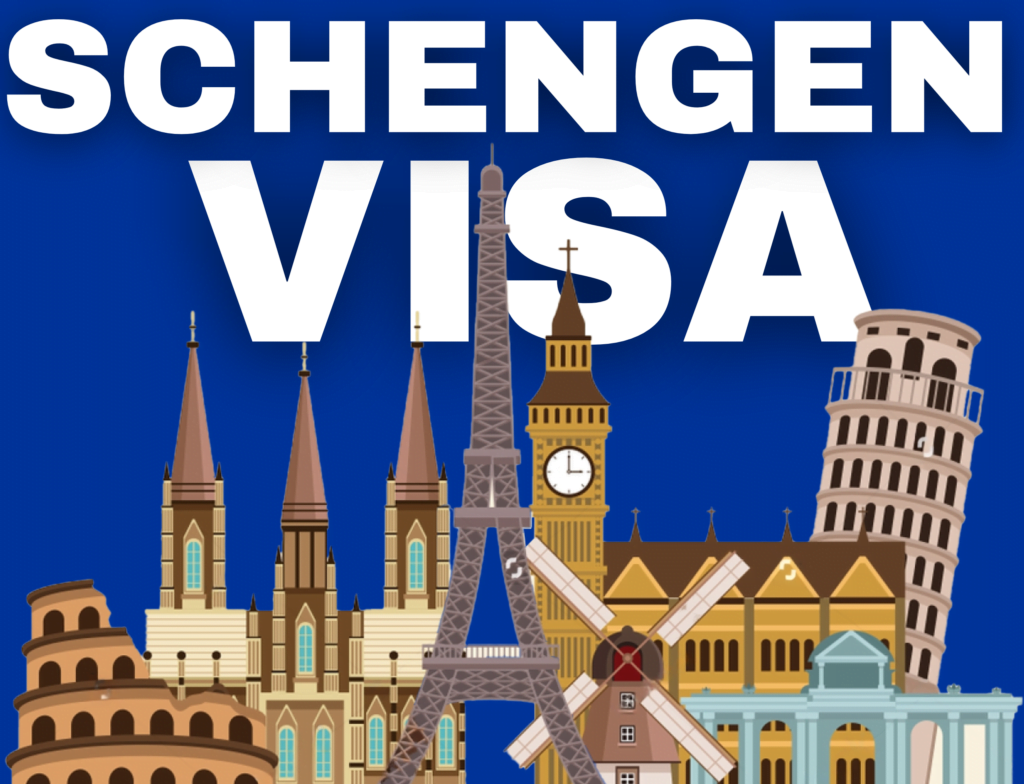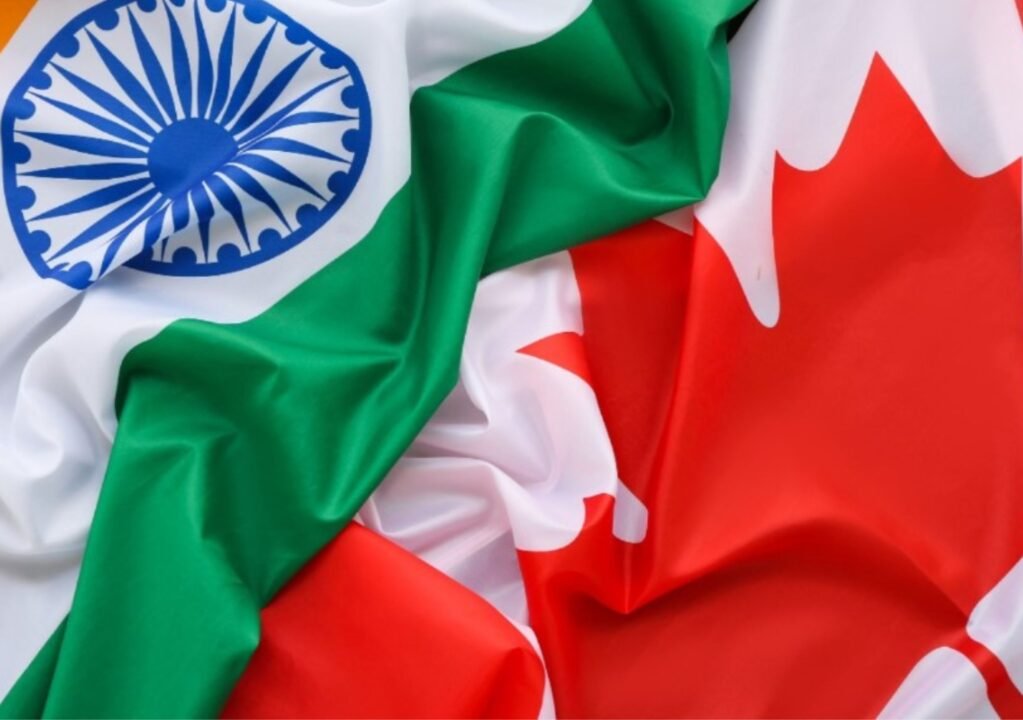Sweden migration policy has been steered in a totally different direction. It now gives rewards in the form of money to immigrants to voluntarily leave the country. The qualification can reach up to 350,000 Swedish kronor, which is almost $34,000. One of those initiatives that will be put into action in 2026 and was influenced partly by the new right-wing government and the anti-immigration party Sweden Democrats.
Sweden's migration policy undergoes a key shift with new incentives.
A haven for refugees and asylum seekers for decades, Sweden’s recent migration policy takes a very different course from its storied past. The government, joined by the anti-immigration Sweden Democrats, is looking to persuade immigrants to leave of their own accord by offering them large sums of money. Under the new arrangement, immigrants that may want to return to their countries of origin could be compensated with up to 350,000 kronor per person.
Described as a “paradigm shift” by Sweden’s Migration Minister Johan Forssell, the policy change reflects “growing challenges concerning immigrant integration in Sweden.” Assimilation has long been a problem for Sweden, keeping newcomers relatively separate from society and tempting a rethinking of its open-door approach to migration. Sweden joins a number of European countries that provide financial incentives for voluntary returns, with varying amounts.
Voluntary Return for Immigrants in Sweden: The New Financial Incentive
Sweden currently offers a rather meager financial incentive to induce immigrants to leave the country, with 10,000 kronor per adult and 5,000 kronor per child, but one family is capped at 40,000 kronor. Compared with the previous situation, the new policy implies an enormous gain in these amounts. The government hopes that the higher payments will encourage even more newcomers to seize the voluntary return for immigrants in Sweden program, something that could ease pressure from the influx of large numbers of newcomers into Swedish society.
Despite good intentions, criticisms have not been lacking in the suggestion. A government investigation, spearheaded by economist Joakim Ruist, has voiced concerns that such large sums might actually send the wrong message. Ruist said he was worried that handing over large sums of money to immigrants would paint the picture of Sweden holding them in low regard, thereby diluting integration efforts.
The Swedish Approach in a European Perspective
Sweden is not exempted from incentives in the line of voluntary return. The Danish neighboring countries pay a sum above $15,000 to every immigrant person who wants to go back, while Norway, France, and Germany pay relatively smaller amounts of, say, $1,400 to $2,800 to every individual. This is the exceptional policy with which Sweden comes forth, awarding it a place among Europe’s highest-paying incentives.
This policy forms part of a broader argument in Sweden on how to address the social and economic issues related to immigrant integration in Sweden. For years, Sweden has claimed to feel proud of its humanitarian policy, but integration is becoming increasingly complex with increasing anti-immigration attitudes that have forced the government to claim policies more on the inclusion of voluntary departures than a new arrival.
Conclusion: paradigm shift in Swedish immigration policy
Sweden’s decision to increase financial incentives encouraging immigrants to leave is a dramatic shift in Swedish immigration policy. As it continues to evolve, it only goes on to demonstrate how challenging it is to balance humanitarian values with practical problems of integration. The government aims at easing social strains caused by this mass migration, but its long-term impact remains to be seen. Will it succeed in better integrating those who remain or further alienate Sweden’s immigrant population?
Only time will tell how this bold step transforms the future of migration in Sweden.





